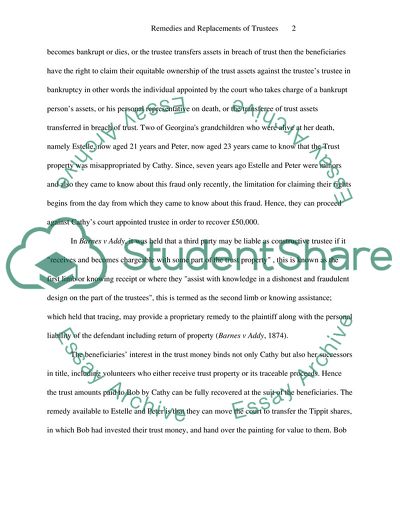Cite this document
(The Trust Property For the Benefit of Others Assignment, n.d.)
The Trust Property For the Benefit of Others Assignment. https://studentshare.org/law/1704836-remedies-and-replacements-of-trustees
The Trust Property For the Benefit of Others Assignment. https://studentshare.org/law/1704836-remedies-and-replacements-of-trustees
(The Trust Property For the Benefit of Others Assignment)
The Trust Property For the Benefit of Others Assignment. https://studentshare.org/law/1704836-remedies-and-replacements-of-trustees.
The Trust Property For the Benefit of Others Assignment. https://studentshare.org/law/1704836-remedies-and-replacements-of-trustees.
“The Trust Property For the Benefit of Others Assignment”. https://studentshare.org/law/1704836-remedies-and-replacements-of-trustees.


